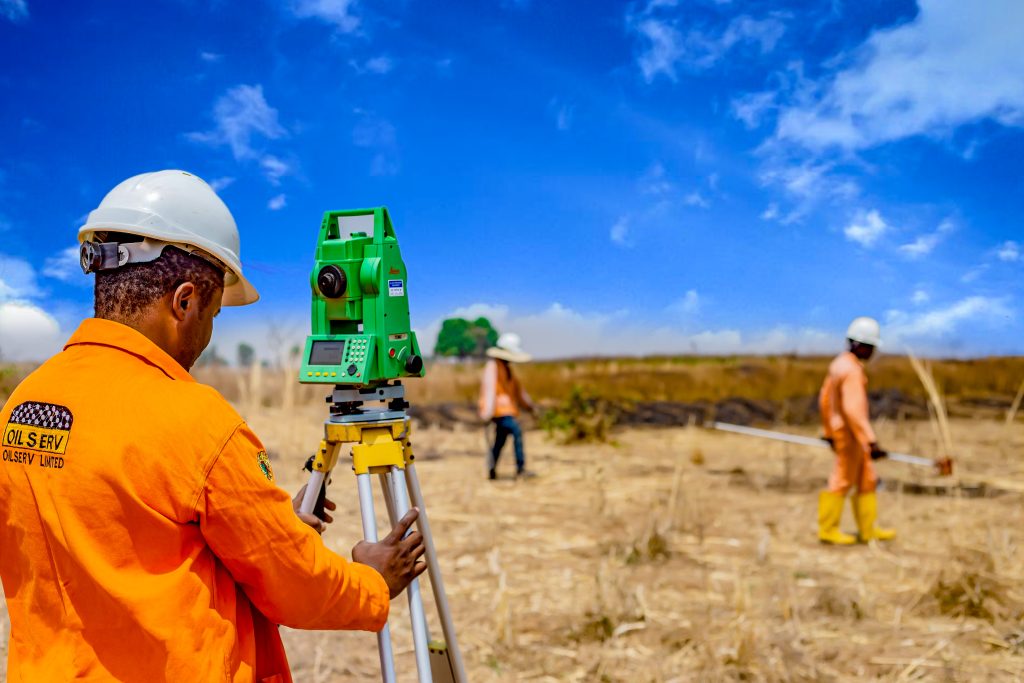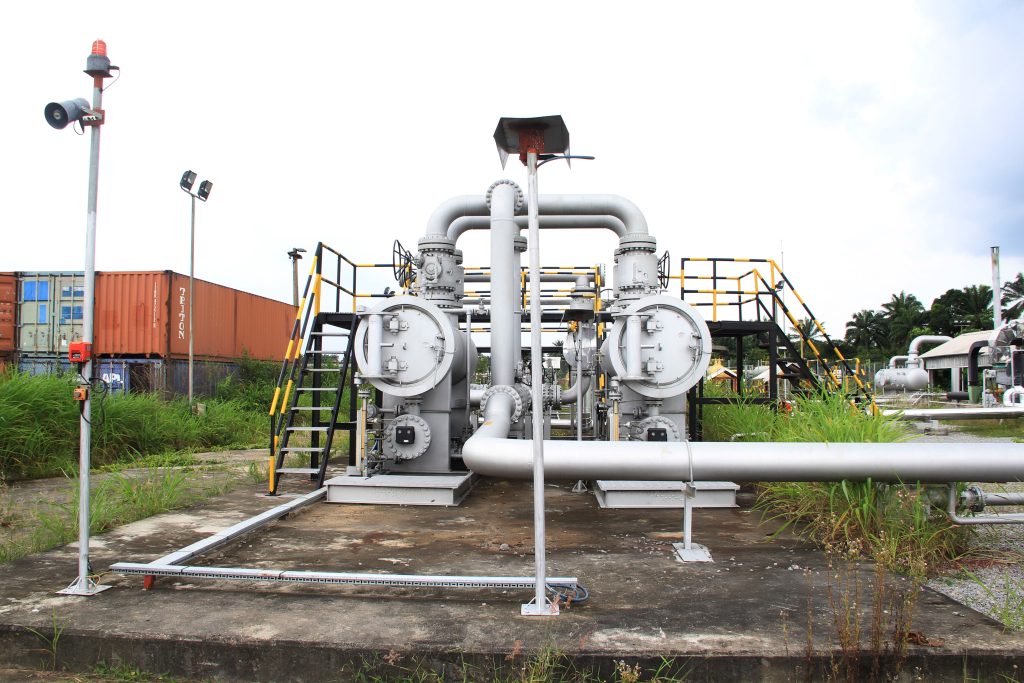What do the deepest point in the ocean, the Mariana trench, and the highest mountain peak in the world, have in common? Despite being among the planet’s most inaccessible environments, they both contain tiny pieces of plastic from human activities miles away.
The word plastic is derived from the words plasticus and plastikos. Plastic is a long, chain-like molecule (polymers) made from petroleum capable of being moulded, extruded or cast into various shapes. The first plastic was invented in 1862 by Alexander Parkes. Plastic began to be mass-produced after the second world war and then again during the 1960’s and 1970’s but with the COVID-19 pandemic there was an increased demand for single-use plastic in 2020. They can also be made from Cellulose and coal which the former serves as a better medium with little or no environmental damaging effects.
Categories of plastics includes thermoplastics, examples of which are, Polyethylene (drums, water bottles, etc), PVC (tanks, pipes, fittings, etc), polypropylene (rope, string, plastic seats, etc), polystyrene and thermosets e.g. Bakelite (vehicle disc brake cylinders, knobs, kitchenware handles, plugs and sockets etc), epoxy resins (Aircraft components, adhesives for automobiles, etc), melamine resins, polyesters. Microplastics and nanoplastics are plastic pieces which range from 5 millimeters long to less than a few nanometres long.
Over the last 70 years, plastic – an incredibly malleable, versatile, and durable material – infiltrated the market and permeated seemingly every nook and cranny on Earth. Plastics can provide important benefits, from life-saving medical devices to safe and long-life food storage. However, unnecessary and avoidable plastics, particularly single-use packaging and disposable items, are polluting our planet at alarming rates. Decades of economic growth and an increasing dependency on throw-away plastic products has led to a torrent of unmanaged waste that pours into land, lakes, rivers, coastal environments, and finally out to sea, triggering a ripple of problems.
Some of the culprits includes but not limited to the following: excessive plastic production due to the demand (With about 2.5 million tonnes of plastic waste annually, Nigeria is ranked the 9th global contributor to plastic pollution), increase presence of Single-Use Plastics, inadequate waste management, inadequate recycling rates, persistence in the environment and lack of awareness and education-Ignorance is not bliss.
Impacts to marine life range from physical or chemical harm to individual animals, to wider effects on biodiversity and ecosystem functioning. Pieces of plastic have been found in the digestive system of many aquatic organisms, including in every marine turtle species and nearly half of all surveyed seabird and marine mammal species. Marine litter and plastic pollution are problematic for many reasons. Plastics don’t biodegrade (decompose naturally in a way that’s not harmful to the environment), instead, they break down over time into ever smaller pieces known as microplastics and nanoplastics, which can have significant adverse impacts. The problem is compounded by the fact that most plastic garbage in the ocean eventually sinks to the seabed like a submerged trash pile, smothering coral reefs and seafloor marine life below.
Humans are also at risk from plastic pollution as eenvironmental health is inextricably linked to human health. The pervasiveness of microplastics across our planet raises serious concerns for people’s safety. New research shows that people are inhaling microplastics through the air, consuming them through food and water and even absorbing them through the skin. Microplastics have even been found within our lungs, livers, spleens, and kidneys, and one study recently found microplastics in the placentas of newborn babies.
The full extent of the impact on human health is still unknown since the research is nascent. There is, however, substantial evidence that plastics-associated chemicals, such as methyl mercury, plasticisers and flame retardants, can enter the body and are linked to health concerns, especially in women. Scientists also believe that some of the common chemicals found in plastics, such as bisphenol A, phthalates, and polychlorinated biphenyls (PCBs), could leach into the body. These chemicals have been linked to endocrine disruption, developmental disorders, reproductive abnormalities and cancer. That is reason enough for a precautionary approach to be adopted.
It is worthy to note that the impacts of plastic pollution aren’t felt equally around the world. Wealthier countries produce more plastic waste, which all too frequently flows into less developed countries where waste management is the least sophisticated. Recycling can help to reduce plastic production and plastic waste; however, a major problem is the low recycling rate of plastics worldwide, which is currently less than 10 per cent.
Plastics are also a climate problem because, the more plastic we make, the more fossil fuel is required, the more we intensify the climate crisis in a continual negative feedback loop. Also, plastic products create greenhouse gas emissions across their whole lifecycle. If no action is taken, greenhouse gas emissions from the production, recycling and incineration of plastics could account for 19 per cent of the Paris Agreements’ total allowable emissions in 2040 to limit warming to 1.5 degrees Celsius.
The problem has burgeoned into a global crisis requiring both immediate and sustained attention and action. This will provide the definitive wake-up call to the ubiquity of the adverse impacts of plastic pollution – from environmental degradation to economic losses for communities and industries, to human health risks – and shows us how we can do better. It’s time to join hands to turn the tide on plastic pollution by implementing the many – great and small – solutions at hand, with urgency, innovation, commitment and accountability.
Some of these sustainable solutions are:
- We must Change the way we think about plastic and to know that it is not a disposable material and we must manage it.
- Reduce Single-Use Plastics as much as possible.
- Prevent plastic pollution by refusing, reducing, reusing, and recycling them where ever we find ourselves.
- Engage in proper waste disposal and segregation.
- Invest in sustainable alternatives to plastic such as bamboo straws, metal water bottles, and reusable shopping bags.
- Product designers can use recycled materials, design products that are easy to recycle, and make products that are durable and long-lasting.
- Advocate for policy change and encourage Extended Producer Responsibility (EPR).
- Educate and raise awareness on the need for all to act together.
- Participate in clean-up initiatives.
- Encourage the use of plastic-eating bacteria and enzymes (technology).








